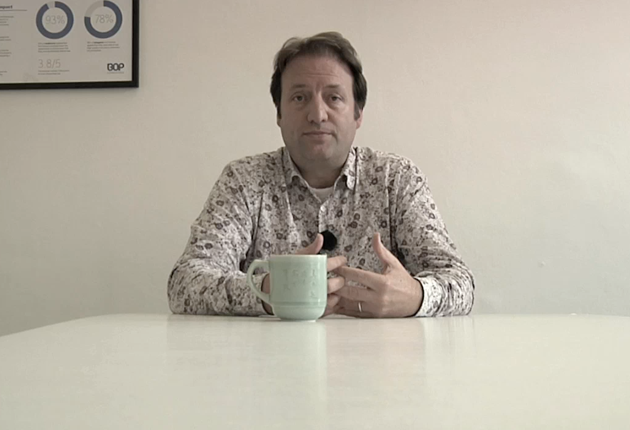Challenge for emerging economies
Paul Owens
Beyond those basics every city has to find its own way and find its own story. And as I said before a lot of that is actually around working with the cultural creative leaders and the other leaders of that city. There is no simple formula beyond that. I think that the cities in Asia and other emerging economies are hugely different from cities in Europe and America for a very simple reason and that is that they are growing. They are increasing in size at rapid rate. Whereas most cities in Europe and America are staying at the same level or actually shrinking in size. So they have a whole set of different challanges.
So if you are a city in China, you are a city in southern part of Africa one of the challanges you are dealing with is that every year you have got people comming in from allover your country, often from rural areas to settle in the city. And they come from a rural beckground, they have a completely different sort of lifestyle, they have completely different sort of cultural expectations. How do you build a creative cultural city around that idea when esentially you have this kind of a very large incomming rural population? Those are some of the challenges that the cities in China and the developing world are facing. And the European model does not fit there at all.
In our World Cities Project we assessed the cultural performance of the world cities using 60 data points. So we looked what sort of cultural facilities they had and then we looked at what kind of cultural consumption is happening, who was going to libraries, who was going to theaters. And quite obviously the lands that we were looking through as a UK based consultancy were fairy western lands. So when we were measuring culture and creative activities we were looking at things like theaters, opera houses, those kind of formal structures of culture. And that is fairly western maybe even the 19th century for your cities.
So if you look at Johannesburg or Sao Paulo or even Shanghai you can see that those very large cities are kind of inventing for themselves what it is to be a cultural creative cities. So just to give an example in Johannesburg there is a very interesting emergence of a kind of a Nollywood model which is essentialy low budget production of music and film and video which then get distributed in a local networks. So it is kind of a very different model of cultural production and consumption from the one you will find in a normaln western city. It has been enabled by a technology but it also has been enabled by traditional physical networks. And that is a kind of a cultural activity and sort of the cultural mode that is going to develop in that sort of cities amongs those large growing population. It is very different from the European model. And this time in 20-30 years we will be looking at that kind of activities as a sign of culturaly vital city rather than just opera houses and people pay for their tickets to go the theatre. It will be a very different picture.
Related fights
- What are the Creative Industries?
- Concept of Creative Industries
- End of the creative industries
- Position of culture and creative industries
- Creativity & Innovation
- Creative Industries and the financial crisis
- Creative industries can push economy forward
- Support for creative industries in Denmark
- What is Creative city making?
- Creative entrepreneurs vs. Cultural entrepreneurs
- Consulting for entrepreneurs and politicians
- Creative economy
- Importance of Perception
- Values of culture and creative industries
- Measuring creativity of a city
- Key factors of successful development
- Creative Sheffield
- Business support by Creative Sheffield
- Half you can plan, other half you have to live
- Digital Industries in Sheffield
- Challenge for emerging economies
- Is Melkweg part of the creative industry?
- How can arts make business?
- Creative Industries in Estonia
- Young people in creative industries
- Digital Single Market
- Spillover Effects of Creative Industries
- Creative Industry in Lithuania
